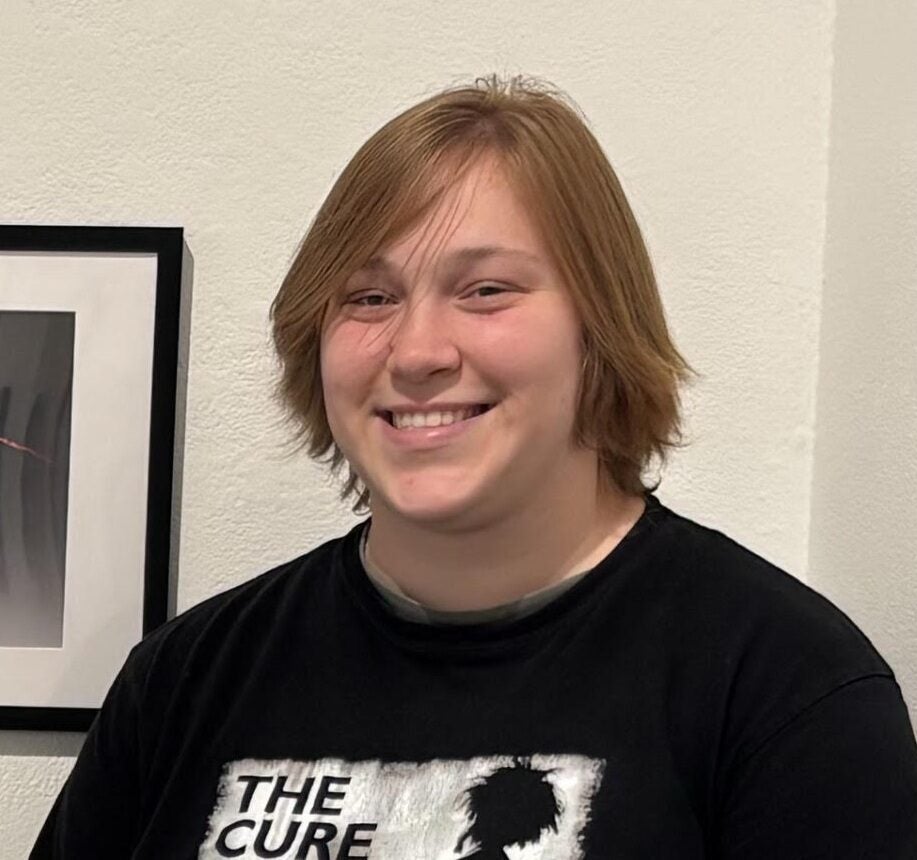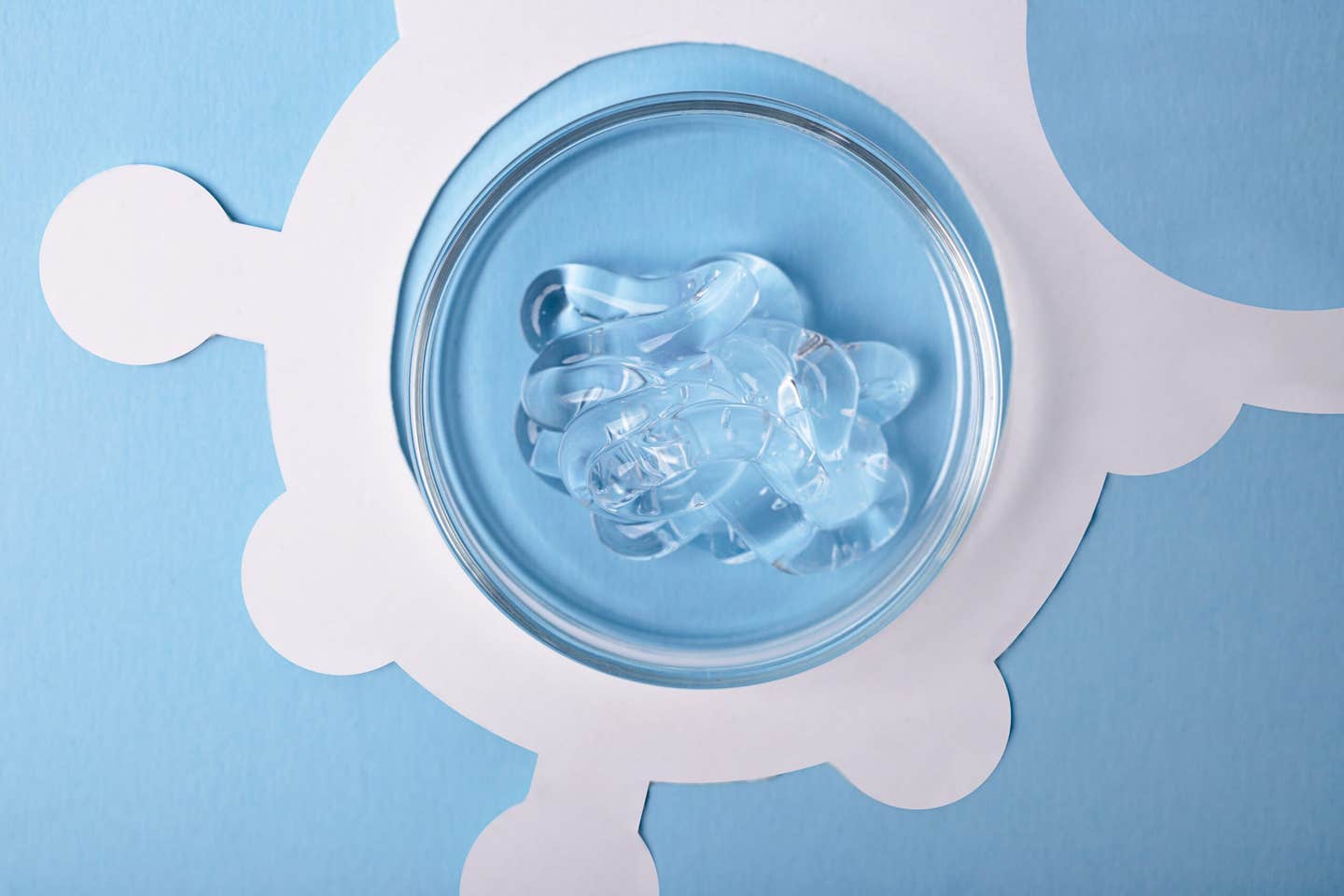Tiny microneedle patch shows promise fighting heart attacks
A biodegradable microneedle patch delivering IL 4 helps injured hearts heal, cutting scar tissue and boosting function in animal studies.

 Edited By: Joseph Shavit
Edited By: Joseph Shavit

A Texas A&M team has created a tiny biodegradable microneedle patch that delivers a healing signal directly into damaged heart muscle, reprograms immune cells and improves heart function after a heart attack in animal models. (CREDIT: Shutterstock)
A tiny patch placed on the outside of the heart may someday help it heal itself after a heart attack, instead of slowly failing over time. That is the hope behind a new microneedle patch designed by Dr. Ke Huang and colleagues at Texas A&M University. In animal studies, the patch steered the immune system toward repair, reduced scarring and improved how well the heart pumped blood.
Why the Heart Struggles After a Heart Attack
When a heart attack happens, part of the heart muscle suddenly loses blood, oxygen and nutrients. Cells in that region die within minutes. Your body rushes in immune cells to clean up the damage, then lays down scar tissue to hold the heart wall together.
That scar is helpful at first, but it cannot squeeze like living muscle. The remaining healthy tissue has to work harder. Over months and years, that extra strain can enlarge and weaken the heart, leading to heart failure, shortness of breath and fatigue.
Immune cells called macrophages sit at the center of this story. They can behave in two very different ways. In one state, they drive inflammation and scar formation. In another, they calm inflammation and support tissue repair. The environment around them decides which role they play.
Interleukin 4, or IL 4, is a natural signaling protein that can push macrophages toward this healing state. Earlier studies tried to give IL 4 through the bloodstream. That approach did not work well. The protein broke down quickly and affected many organs, causing side effects.
Building a Patch That Talks Directly to the Heart
Huang’s team took a different path. They built a biodegradable patch covered with tiny, closely spaced microneedles. Each needle is only a few hundred micrometers tall. That is shorter than the thickness of a grain of salt.
Inside each needle, the researchers loaded microscopic particles made from a safe medical polymer called PLGA. Those particles carry IL 4 and release it slowly over about 12 days. The needles themselves are formed from a soft hydrogel based on hyaluronic acid, a material already used in many medical products.
When a surgeon presses the patch onto the surface of the heart, the microneedles pierce the outer layer, called the epicardium, and reach the injured muscle below. The needles then dissolve. As they break down, they leave behind channels filled with IL 4 that seep into the damaged zone.
“This patch acts like a bridge,” Huang said. “The microneedles penetrate the outer layer of the heart and allow the drug to reach the damaged muscle underneath, which is normally very hard to access.”
By keeping IL 4 focused inside the heart wall instead of sending it through the whole body, the patch aims to harness the benefits of the molecule while avoiding unwanted effects in other organs.
What Happened in Animal Hearts
The team first tested the device in rats that had just suffered a heart attack. Some animals received no patch. Others received blank patches or patches with empty particles. A final group received the full microneedle patch loaded with IL 4. All hearts started with similar levels of damage.
Over the next four weeks, the differences grew clear. Rats treated with the IL 4 patch had higher ejection fraction and better fractional shortening, two key measures of how strongly the heart beats. Scans and tissue stains showed thicker heart walls at the injured site, less scar tissue and more living muscle compared with control animals.
Cell level markers of cell division also increased around the border of the dead tissue. That pattern suggests that some heart muscle cells had re entered the cell cycle and started to divide, something adult heart cells rarely do.
Because rat hearts differ from human hearts, the team moved to a pig model next. In pigs, surgeons created a controlled heart attack, then placed a larger round patch over the injured region. Four weeks later, pigs treated with the IL 4 patch had smaller damaged areas, better pumping function and less enlargement of the main pumping chamber. Blood tests showed no clear harm to the liver, kidneys or blood cells.
Reprogramming the Immune Response
To understand what was happening inside the heart, the researchers looked closely at gene activity in thousands of individual cells from rat hearts. They found that macrophages in treated hearts expressed more genes linked to debris cleanup and calming inflammation. At the same time, they turned down genes tied to strong inflammatory signals such as IL 1 beta and other stress pathways.
“The microneedle patch created a more peaceful environment inside the injured heart,” Huang explained. “Macrophages are the key. They can either make inflammation worse or help the heart heal. IL 4 helps turn them into helpers.”
Heart muscle cells also shifted into a different “state.” In treated hearts, they showed gene patterns connected to growth, development and better communication with nearby cells. Endothelial cells, which line blood vessels, sent fewer harsh inflammatory signals and showed more activity in a pathway called NPR1, which supports healthy vessel function.
One striking detail was that treated heart muscle cells seemed more responsive to signals from their neighbors, not just tougher or more resistant to harm. “The cardiomyocytes were not just surviving, they were interacting with other cells in ways that support recovery,” Huang said.
Moving Toward Patients
Right now, placing the patch requires open chest surgery. That limits when and how it can be used. Huang hopes to design a version that could be delivered through a thin tube, guided through blood vessels or small incisions to the surface of the heart. That kind of minimally invasive system would fit better into real world heart attack care.
“This is just the beginning,” he said. “We’ve proven the concept. Now we want to optimize the design and delivery.”
The work, supported by the National Institutes of Health and the American Heart Association, also points toward smarter, more personalized treatment. Huang is collaborating with statistics professor Xiaoqing (Jade) Wang to build an artificial intelligence model that maps complex immune responses in the heart. That tool could help decide which patients might benefit most from immune based therapies and how best to time a patch like this after a heart attack.
The study appears in the journal Cell Biomaterials and adds a new entry to the growing field of immunomodulatory heart repair, where the goal is not only to save heart muscle in the moment, but to guide the long healing process that follows.
Practical Implications of the Research
If this microneedle patch can be made safe and practical for humans, it could change how doctors think about heart attack care. Instead of only reopening blocked arteries and then managing long term heart failure, clinicians might have a tool that actively reshapes healing inside the heart wall.
By steering macrophages toward repair and calming harmful inflammation, the patch could reduce scar formation, preserve more working muscle and delay or prevent heart failure for many patients. The local delivery approach also offers a model for other organs. Similar microneedle systems might one day deliver immune shaping signals to damaged brain tissue after stroke or to injured kidneys or lungs.
The single cell data from this work give scientists a detailed map of how heart cells talk to each other during healing. That map can guide future drugs, gene therapies and biomaterials that aim to nudge cells into more regenerative states. The planned AI models could speed this process by predicting which immune pathways to target and when.
On a broader level, the study shows that the immune system is not just a threat to injured tissue. With the right signals and local control, it can become a partner in regeneration. For a world where heart disease remains a top killer, that shift in mindset may be as important as the patch itself.
Research findings are available online in the journal Cell Biomaterials.
Related Stories
- Wearable microneedle patch offers real-time diabetes tracking
- Microneedle patch offers painless way to track health without drawing blood
- Bee-stinger microneedle patch speeds wound healing with smart monitoring
Like these kind of feel good stories? Get The Brighter Side of News' newsletter.
Mac Oliveau
Science & Technology Writer
Mac Oliveau is a Los Angeles–based science and technology journalist for The Brighter Side of News, an online publication focused on uplifting, transformative stories from around the globe. Passionate about spotlighting groundbreaking discoveries and innovations, Mac covers a broad spectrum of topics—from medical breakthroughs and artificial intelligence to green tech and archeology. With a talent for making complex science clear and compelling, they connect readers to the advancements shaping a brighter, more hopeful future.



